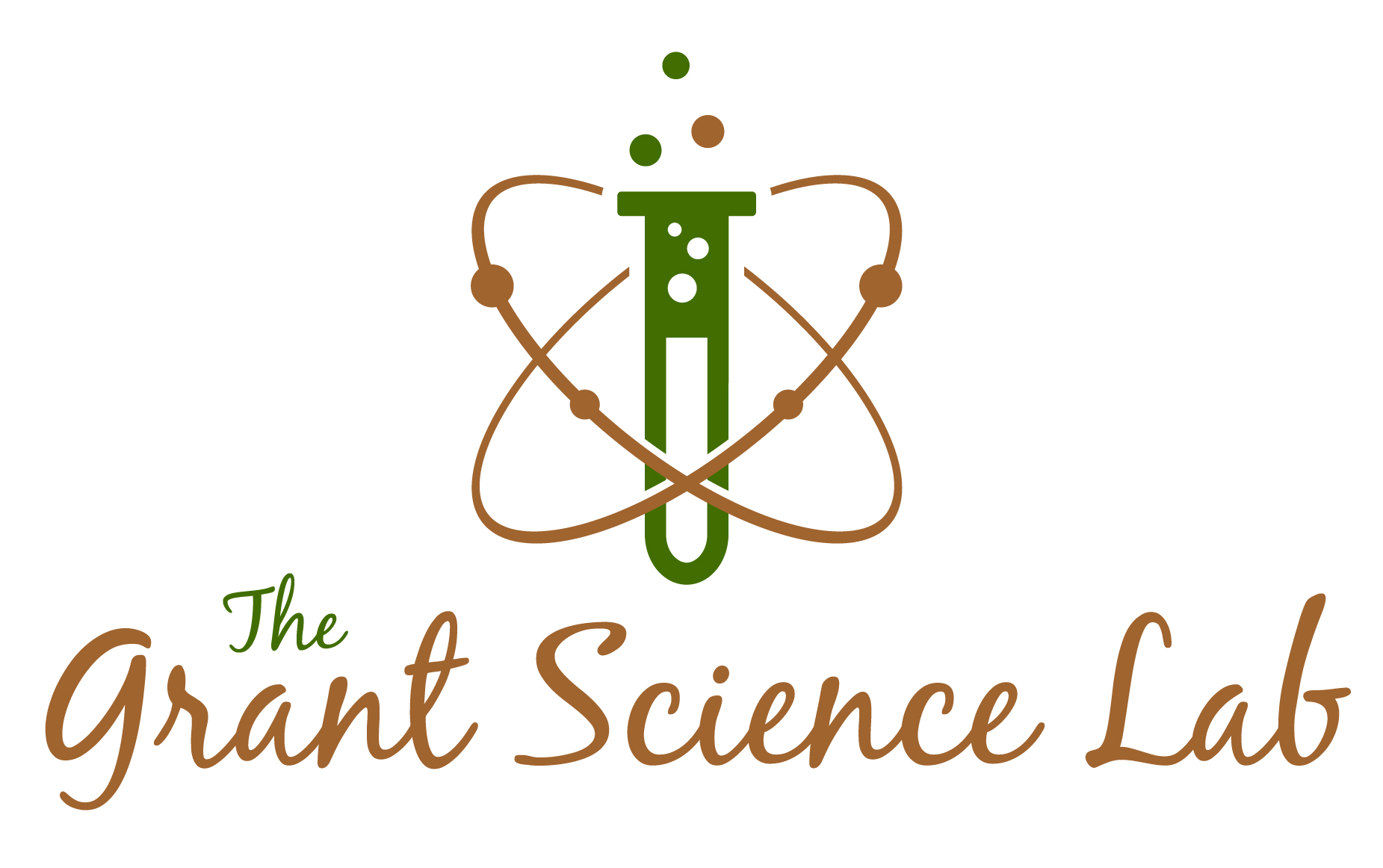Academic Grantsmanship: It’s the Details
 Grantsmanship requires a perverse sense of detail. Details begin with the RFP. Application forms contain even more details. Reading and rereading the RFP or grant announcement is the first step of grant proposal writing. Discerning, interpreting, and understanding those details takes well-developed critical thinking skills even when it comes to the comparatively easy ones. A proposal narrative has its own set of details as do the supporting documents (budgets, budget justifications, biographical sketches, etc.).
Grantsmanship requires a perverse sense of detail. Details begin with the RFP. Application forms contain even more details. Reading and rereading the RFP or grant announcement is the first step of grant proposal writing. Discerning, interpreting, and understanding those details takes well-developed critical thinking skills even when it comes to the comparatively easy ones. A proposal narrative has its own set of details as do the supporting documents (budgets, budget justifications, biographical sketches, etc.).
What are some of these details?
General formatting details are relatively simple to address. Many details as these include page limits, line spacing, margins, font sizes, attachments, and other aspects within a grant proposal application package. However, they are numerous and easily missed. In some circles, any excuse for rejection counts. I will never forget the mortification I felt when an NSF peer reviewer wrote that I forgot to number the proposal pages and include my surname on the top of each page. It wasn’t funded, but I don’t know whether this mistake was a significant factor. I doubt it, because the reviews included some scientific concerns. When I resubmitted it (this was before the preproposal requirement), I made sure all the pages were numbered with my surname, as well as addressing all the scientific issues of the earlier review. Thankfully, it was funded on the second try.
The formatting details about the aesthetic appearance of a grant proposal are pretty murky. Recommendations about white space, use of bold text, italic text, bullet points, etc. abound in the academic and grant writing communities. Whatever you do, be consistent. Align that consistency with the required proposal sections and subsections. In the life science world, we have a fairly standard format that varies with specific federal agency requirements. Within that format, there is a fair amount of flexibility. HUD (Housing and Urban Development) grant applications have strict formatting requirements. As a subcontractor to another grant consultant working on a large HUD grant, my job included formatting the required sections and subsections in an artistic way that aligned with HUD’s required outline. It was challenging to check and double-check the appearance of the text for consistency.
Correct spelling, grammar, and mechanics count in the proposal narrative. Spelling and grammar checkers in word processing software are not always your friends. Proofread your proposal. Better yet, have someone else review it. Another pair of eyes will catch errors. Leave your work alone for a day or more and then come back to it. Read it aloud. Read it backwards. These are some of the recommendations I’ve found. Still, it’s easy to miss mistakes. My other pair of eyes, who is usually quite good, missed a grammatical error in one of my old blog posts long after it went out in cyberspace. So, I fixed it and let it go. Are we too involved in our writing? Probably, but down deep, I’ll bet that missing writing mistakes has to do with neuroscience and the brain.
Perverse attention to detail remains a characteristic of excellent grantsmanship, but perfectionism kills the process. We don’t want to make ourselves crazy, but need to find balance before we obsess over every small detail. At some point, a grant writer or principal investigator, must stop tinkering with the text, the budget, etc. of the proposal and submit it to the agency or foundation. Only the writer decides when that happens. Once submitted, the worst answer is no. The best answer is yes.
